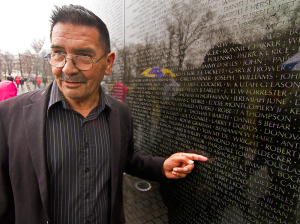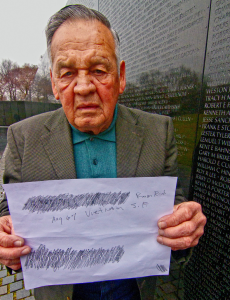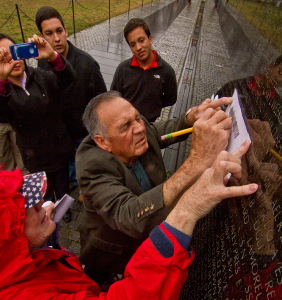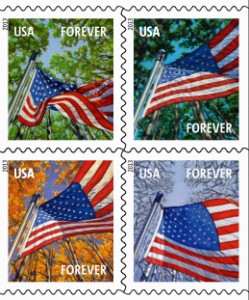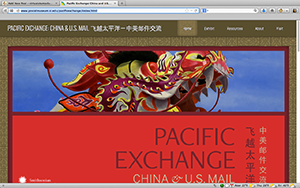By John M. Hotchner
 Having grandchildren is a wonderful thing — not least because that exalted status forces one to see life and especially modern pop culture through new eyes. Many of us would rather not, thank-you-very-much, but like other facts of life, it is better we know where society is going, even if the olden days are more appealing. All this to lead into the fact that I joined some of our progeny to see Madagascar 3 yesterday; an animated bit of fluff that is entertaining so long as you are willing to ignore the fact that there are certain logical discontinuities and a lot of action that is physically impossible.
Having grandchildren is a wonderful thing — not least because that exalted status forces one to see life and especially modern pop culture through new eyes. Many of us would rather not, thank-you-very-much, but like other facts of life, it is better we know where society is going, even if the olden days are more appealing. All this to lead into the fact that I joined some of our progeny to see Madagascar 3 yesterday; an animated bit of fluff that is entertaining so long as you are willing to ignore the fact that there are certain logical discontinuities and a lot of action that is physically impossible.
I class movies in two categories: those I don’t need to see again, and those I want to see again knowing that I will see things I missed the first time. Madagascar 3 is definitely in the first group. Been there. Done that. But it was not a wasted afternoon. Hearing what my grandkids laughed at and what they treated as serious, hearing my chronically sleep-deprived son nod off with a light snore in a movie that is the equivalent of sitting next to the launching area of a long fireworks display, and having an excuse to eat popcorn were all worth the price of admission.
And what has this to do with stamp collecting, I hear you say? Well, I suppose it is possible that the Madagascar-series characters will one day appear on a series of stamps, though I would put my money on the characters from the Ice Age series. But more importantly, it reminds me of the willing suspension of disbelief that we all engage in to one extent or another when it comes to evaluating the daily fare of life.
Taken literally, you could not credit the action and dialogue in the first scene of the movie, let alone the entire story. But suspending disbelief allows one to watch the movie and process it as an exercise in learning to enjoy something for what it is, rather than what we would like it to be, or think it should be. I would suggest that is a life skill; not one that should be overused as we don’t prosper by living in fantasy-land. But it is one that keeps us from the sin of being unremittingly critical.
As we witness the unfolding of the Baseball All-Stars saga — four stamps that were issued in July 2012 in honor of Larry Doby, Willie Stargell, Ted Williams and Joe DiMaggio — this is a particularly useful skill. It is clear that the U.S. Postal Service stamp development folks have been given an order to maximize revenue. What else could account for the plethora of formats being released?
It began as a set of four stamps to be released as a pane with all four stamps together. Then it was announced that each of the stamps would be released in panes of that stamp alone. So far, I am ok with the program. Though it skates on the edge, a case can be made that individual panes will have meaning for both baseball fans and stamp collectors.
And then the crowning glory: five press sheets, one for the combined stamps and one each for each All-Star; each with six panes. And they would be issued without die cuts. Not since the imperforate National Parks issue of 1934, the so-called Farley’s Follies, has there been such an event. At least that one was not conceived of as a means of fundraising for the then Post Office Department. Yes, it morphed into that when Postmaster General James Farley was forced to make available to collectors what he had already made available to friends and political cronies. But here we have a different animal indeed.
The U.S. Postal Service is intentionally creating a limited edition philatelic product that has no relationship to valid postal operations or need, with the express intent of reaching out to new markets — not stamp collectors at all, they say, but to well-heeled baseball fans who want to display a special collectible. And this is the explanation for the lack of die cuts. Why are they needed when the stamps will never be used as stamps, only as some genre of artwork?
Trouble is that much as the USPS would like us to believe they are not pitching these press sheets to stamp collectors, it can’t be true. To believe that requires us to believe that they do not understand there is a rather large body of collectors who want examples of everything the USPS produces. And we know from other behaviors and other issues that they are well aware we exist and that we care enough to spend hundreds of millions of dollars each year on stamps that will not ever see use on an envelope or package.
So, why the pretense? Well, partially it is fact based. Press sheets have not been accepted by the hobby as an essential, and revenue from selling them has been modest compared to what it might be had the collecting community embraced them with gusto. Furthermore, the USPS has been focused on growing sales to niche audiences beyond collectors. It is for this reason that they have chosen to issue so many commemorative stamps at conventions of organizations dealing with the stamp subject instead of at stamp shows. Doing so gains maximum free publicity beyond the stamp-collecting community, not to mention sales to a whole new class of people who will buy the stamps for retention as souvenirs; something that represents nearly total profit to an organization that is in serious financial trouble.
The second part of the pretense is found in the fact that it is impolitic to announce to the stamp collecting public that the USPS is issuing products with the sole intention of raising revenue. It just isn’t done, though we know it and they know we know it. Some things are just better left unsaid. Another thing they don’t say is that they believe there is value to creating limited edition stamps because collectors who can make money by selling in the secondary market what they bought at face value will become both more serious about their own collecting, and effective recruiters for the hobby; thus encouraging its future growth and sales potential for routine USPS products. Is this true? Only you can answer that question for yourself.
So, is what is happening with the Baseball All-Stars in any way a good thing for the hobby? History teaches that it probably is. Anything that creates buzz for the hobby is good in the short term as it gets more people to take note of stamp collecting. Anything that creates complexity in philatelic products makes the hobby more interesting to serious students of philately in the long term.
Many issues have been denounced by the hobby over the history of philately. The Columbian Exposition set of 1893, with its unnecessary $1, $2, $3, $4, and $5 stamps is perhaps the best example. But the multiplicity of varieties of the Washington-Franklins of 1908-1922 is another. Though muttered about and denounced when issued, they are popular mainstays of the hobby today. Some collectors of the time picked up their marbles and went home, convinced that the hobby had changed fundamentally from what they signed up for. We will see another spate of those types of letters to the editor in the current situation. And that decision is theirs to make.
However, they often append to their letter a statement that current practice is evidence that the hobby is going to hell in a hand basket, and the Postal Service is killing the goose that laid the golden egg. Perhaps for the present collectors there is some truth to this, but 165 years of philately suggests that even the most egregiously money-grabbing practices bring in more new and serious collectors than are lost from outrage.
Or maybe I am engaging in a willing suspension of disbelief.
Should you wish to comment on this editorial, or have questions or ideas you would like to have explored in a future column, please write to John Hotchner, VSC Contributor, P.O. Box 1125, Falls Church, VA 22041-0125, or email, putting “VSC” in the subject line.
Or comment right here.
 La Posta Publications Publisher Peter Martin has announced that Charles Neyhart was selected as the winner of the 2014 Richard W. Helbock Prize for his “The 1905 Portland, Oregon, Lewis & Clark Exposition Postal Stations” article that appeared in the Second Quarter 2013 issue of La Posta.
La Posta Publications Publisher Peter Martin has announced that Charles Neyhart was selected as the winner of the 2014 Richard W. Helbock Prize for his “The 1905 Portland, Oregon, Lewis & Clark Exposition Postal Stations” article that appeared in the Second Quarter 2013 issue of La Posta.


